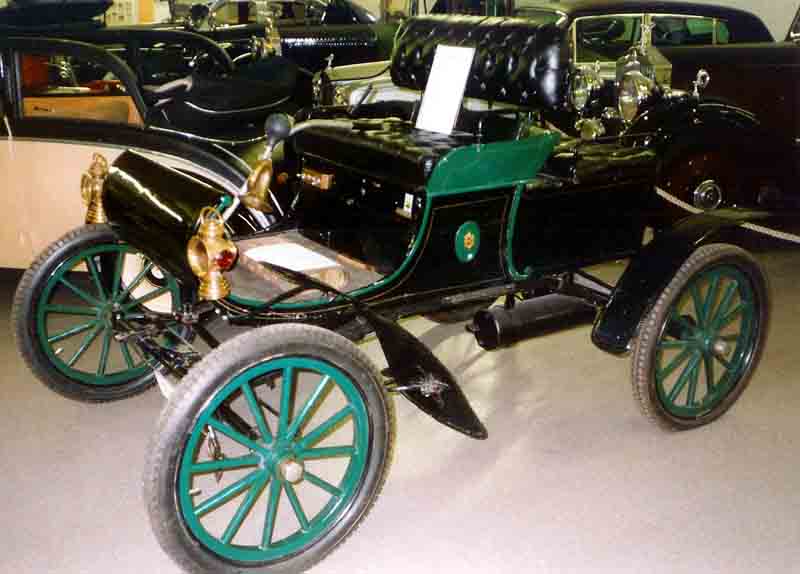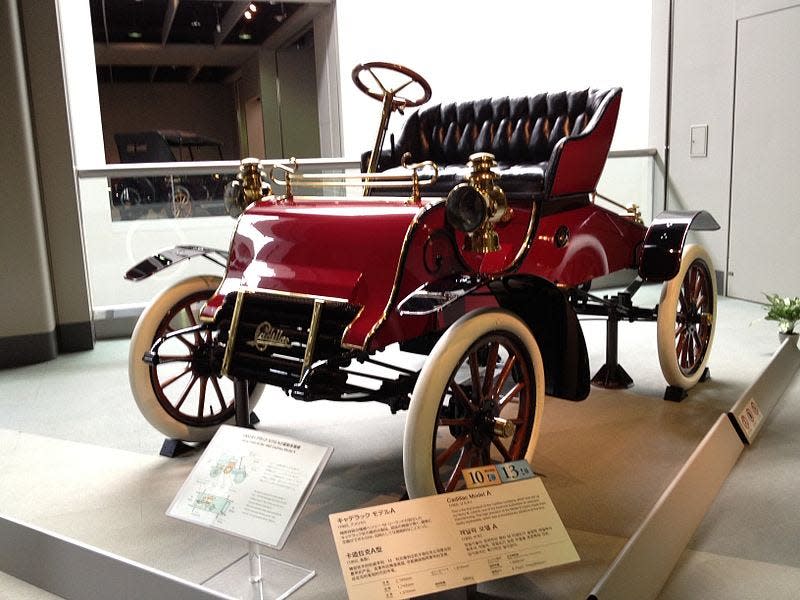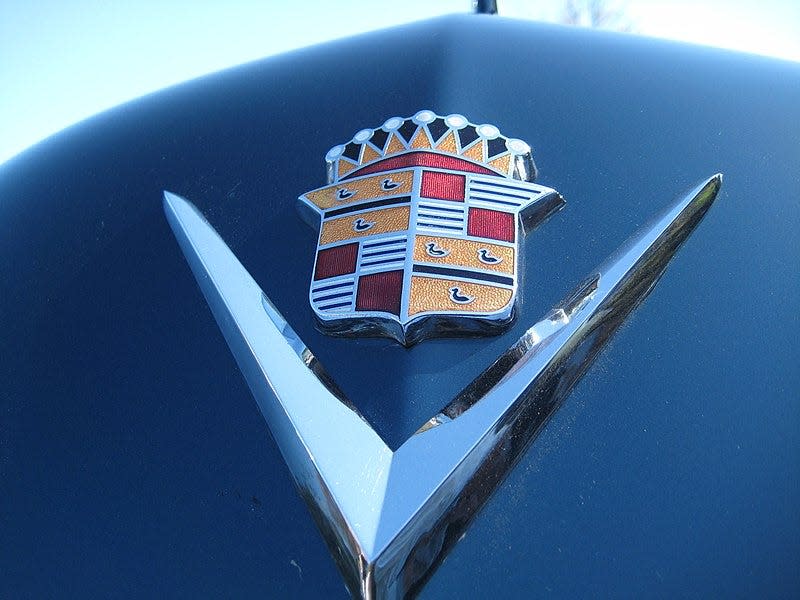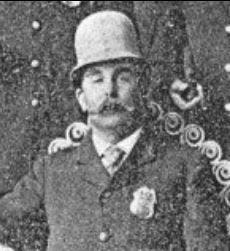Grace and William Hittig owned the first car in Monroe County
- Oops!Something went wrong.Please try again later.
- Oops!Something went wrong.Please try again later.
MONROE — The most recent issue of the River Raisin Dispatch, the official newspaper of the Monroe County (Michigan) Historical Society, featured an article about Monroe County’s first automobiles. I appreciated MCHS newsletter editor and membership committee chair Dave Eby bringing to my attention the contributions of the Greening family to early automobility in Monroe County.
Those early autos and their relationship to the Greenings allows me the pleasure to put on my “vehicle historian” hat, a role I have had the humble privilege of playing since 1993 when I joined the Society of Automotive Historians. I also had the privilege of serving as the project archivist for the Wills Saint Claire Automobile Museum in Marysville, Michigan from 2009-2016. C. Harold Wills was Henry Ford’s chief engineer from 1903-1919 and started his car company and town in 1920.

According to Eby, it was Grace and William Hittig who owned what has been identified as the very first automobile in Monroe County. The vehicle — a 1901 Oldsmobile — was built in Lansing. Incidentally, it is worth noting that Olds created the first assembly line back then (Ford’s assembly line improvements came much later in the era). Founder Ransom E. Olds, like Wills, also purchased land holdings in what became Oldsmar, Florida, another area near where I grew up as a youth in Pinellas County, Florida. Olds hoped to find and refine oil there.
Eby also describes the first automobile in the city of Monroe — a 1901 Locomobile Steamer — owned by Harvey Terry who resided at the corner of Sixth and Monroe. Today’s development of hydrogen-powered vehicles harkens back to those days. Terry’s purchase must have influenced W.C. Sterling who purchased a Toledo Steamer. It was about this time that Charles E. Greening bought one of the first Cadillac models.

According to Wikipedia, the first Cadillac automobiles were the 1903 model built in the last quarter of 1902. The design was a two-seater powered by what became quickly known as a reliable and sturdy 10-horsepower single-cylinder engine developed by Henry Martyn Leland and built by the Leland and Faulconer Manufacturing Company of Detroit, of which Henry Leland was founder, vice-president and general manager.
Henry Ford did influence the founding of Cadillac, as the new company was part of the remnants of the Henry Ford Company. Ford's financial backers, William Murphy and Lemuel Bowen, called in Leland to appraise the plant and equipment in preparation for liquidating the company's assets. Instead, Leland persuaded the pair to continue manufacturing automobiles using Leland's proven single-cylinder engine. A new company, named the Cadillac Automobile Company, was established on Aug. 22, 1902, taking over the Henry Ford Company factory at Cass Street and Amsterdam Avenue. It was named after French explorer Antoine Laumet de La Mothe, sieur de Cadillac, who had founded Detroit in 1701.

According to Greening family member Elaine Greening Morgan (daughter of Edward G. Greening – Charles E. Greening’s son – and Crissiena Hanson), it was in the May 8, 1903 edition of the Monroe Democrat that readers learned about a new automobile that has come to town: “Charles E. Greening has a Cadillac. When driven at full speed, it will average about 30 miles per hour. Its motive power is gasoline. It is a very pretty machine…”
Subscribe Now: For all the latest local developments, breaking news and high school sports content.

Charles E. Greening also received the first speeding ticket, as cited in the June 26, 1903, edition of the Monroe Democrat: “Charles E. Greening is the first to be caught going faster than the law allows — Chief of Police [Joseph] Anteau having timed him and found his Cadillac at more than 10 miles per hour. Charles E. Greening was fined $6.25."
— Tom Adamich is president of Visiting Librarian Service, a firm he has operated since 1993. He also is project archivist for the Greening Nursery Co. and Family Archives and the electric vehicle awareness coordinator at Monroe County Community College.
This article originally appeared on The Monroe News: Grace and William Hittig owned the first car in Monroe County

